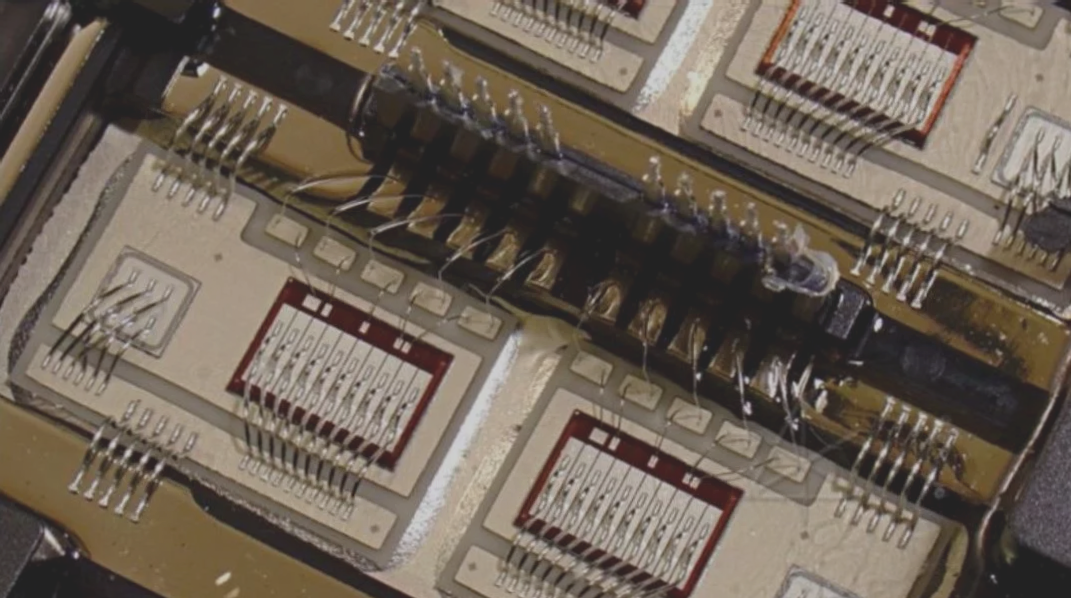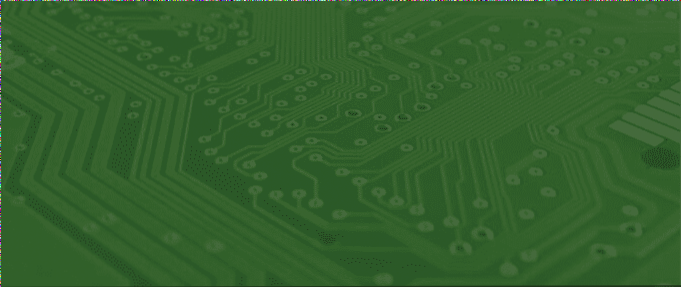Common Issues with Copper Particles on PCBs
- Copper particles can occur during the manufacturing process of PCBs, mainly in the copper immersion process of multilayer circuit boards.
- Factors such as high water hardness, borehole dust, and poor quality micro-etching agents can contribute to the roughening of board surfaces and holes.
- Issues with bath liquid clarity and contamination are often due to pollution or inadequate maintenance practices.
- Extended storage of submerged copper plates can lead to oxidation, making it challenging to remove copper particles.
- The pattern transfer process and residual glue can also result in surface oxidation and the formation of copper particles.
- Proper maintenance of bath parameters, production operations, materials, and processes is crucial to prevent copper particles on the board surface.
Addressing these issues involves adjusting process parameters, enhancing cleaning procedures, and implementing comprehensive tank filtration to ensure the quality of PCB manufacturing.
Solutions for Managing Copper Particles
- Regularly monitor and maintain bath parameters to prevent copper powder generation and contamination.
- Optimize production operations to avoid issues such as excessive current, poor splint quality, and plate dropping in the tank.
- Implement proper storage practices to prevent oxidation of copper plates and the formation of copper particles.
By following these solutions and best practices, manufacturers can effectively manage and prevent the occurrence of copper particles on PCBs, ensuring high-quality production outcomes.
Challenges in Phosphor Copper Angles for PCB Production
When it comes to materials, the critical issues revolve around the phosphorus content and distribution uniformity of phosphor copper angles. These factors significantly impact the quality of PCBs.
Production and Maintenance Tips:
- Many factories face risks due to improper handling procedures, leading to potential hazards.
- Surface treatment of copper balls is a crucial step. It involves thorough cleaning and a light etching process with hydrogen peroxide to reveal fresh copper.
- Following this, the anode bag should be sequentially immersed in hydrogen peroxide sulfate and lye solutions for effective cleaning.
- Special attention must be given to cleaning the anode bag, ensuring a 5-10 micron gap using a PP filter bag.



